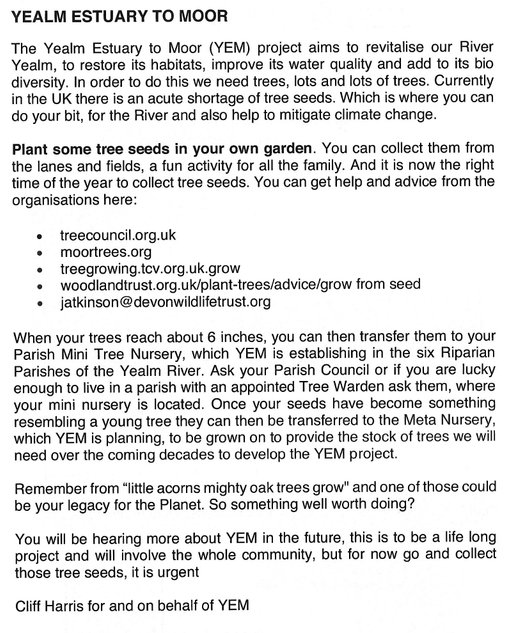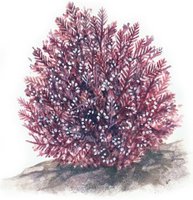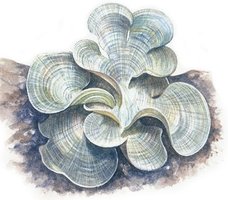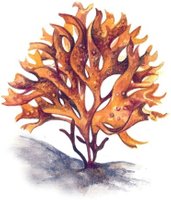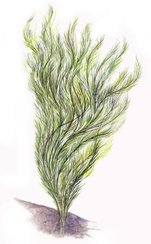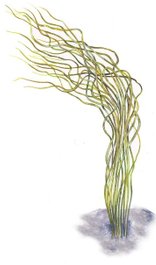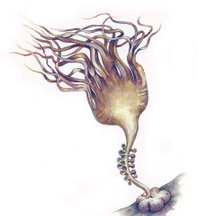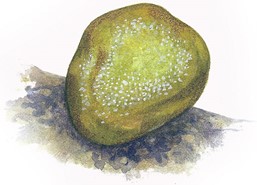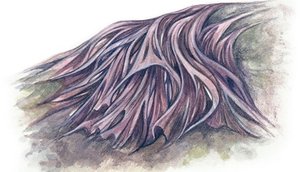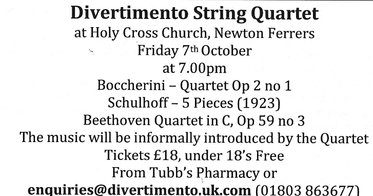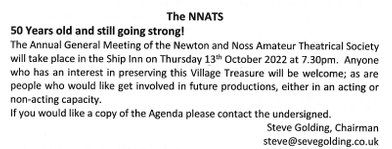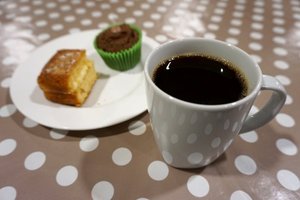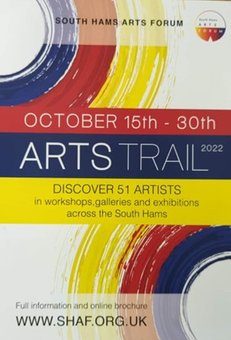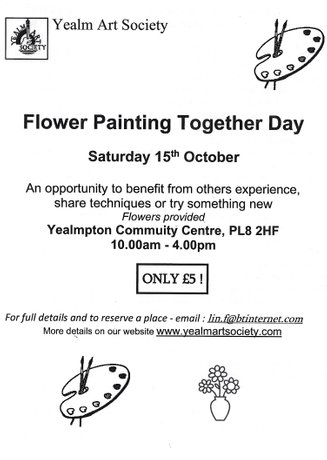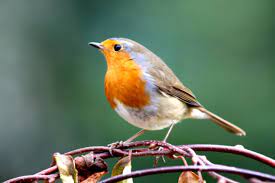RYDA Newsletter 10/2022
For those of you, just like me, who were unaware why.
Why do Royal Naval Personnel pull the State Gun-Carriage?
The curator of the museum at HMS Excellent, and Keeper of the State Gun-Carriage, Lt. Cdr. Brian Witts tells why the gun-carriage is always pulled by sailors at state funerals.
As said on media recently, the origin of the privilege lies in an incident at the funeral of Queen Victoria on February 2, 1901.
A Royal Guard from HMS Excellent was drawn-up at Windsor Station under the command of a lieutenant, the Hon Algernon Boyle, the first gunnery officer.
It was early February, a cold blustery day with intermittent snow flurries. Everyone from sailors to soldiers lining the streets, to mounted officers, to high officials was cold. Knowing how much their beloved Queen appreciated smart sailors, they refrained from wearing greatcoats. The mounted officers walked their horses around from time to time to stop them getting restive but any gentle exercise for the sailors, like marking time, was denied.
The timing for the funeral procession in London went awry and when the coffin and cortege finally arrived at Windsor the troops had been in position without moving, for more than 90 minutes. When the order to move off was given the gunners had trouble with their horses and some started to rear. It looked as if the coffin would fall from the guncarriage. Immediately behind were King Edward VII, the Kaiser, the King of Greece and Prince Louis Battenburg.
The panic among the horses spread to the leaders and the situation became very serious. Prince Louis whispered something to the King who nodded, and Lt. Noble was ordered to stand by to pull the gun carriage with the seamen guard. Noble passed the message to Lt Boyle. The horses were led off and the sailors’ grounded arms and formed fours at the head of the cortege. Improvised drag ropes were brought in and so the great Queen went to her rest.
However, what we weren’t told is this:-
After the funeral the Royal Navy kept hold of the gun carriage and it was formally given to the Royal Navy in 1910 by King George V.
The (now) Royal Navy State Funeral Gun Carriage is a converted British Army Ordnance, BL, 12 pdr 6 cwt MK II, gun carriage and weighs 2.8 tons and has been used for the funeral processions of Queen Victoria, King Edward VII, King George V, King George VI, Sir Winston Churchill and Lord Mountbatten.
When not it use it is kept at HMS Excellent in Portsmouth. It is held in storage and the wheels are turned by a quarter every seven days to prevent them from becoming deformed. The carriage is held in 24 hours readiness for service in the facility that is kept at a constant temperature of 16-20 deg C (61-68F) and between 40 and 70% humidity to hinder fungal growth. The carriage (and gun barrel) is regularly polished.
Isn’t history fascinating? There is a reason for everything.
Village Hall Façade with bell and clock refurbishment completed
Over the past few years the hall has had major renovation work to the front facade, more recently the bell fittings have been mended and the clock face has been cleaned and re-gilded.
As with many old buildings, work is ongoing, as we (the Village Hall Committee) strive to maintain and enhance the hall and facilities offered.
We are very grateful to our community, for the support we receive in way of donations, grants and attending various events.
So thank you for your ongoing support and we always welcome new ideas for future events.
Val Sharples (NNVH committee)
Our libraries in Devon are throwing their doors open in welcome this winter, to provide a range of help, support, advice and comfort to people who may be struggling, or beginning to struggle with the rising cost of living.
The 'Libraries for Life' campaign, launched by Libraries Unlimited which run Devon's libraries on our behalf, will continue right through until March next year.
More details can be found in the news story on their website, but some of libraries are providing:
- warm spaces, where people are welcome to join and spend time in the library. Some will host sessions with advice about energy efficiency, debt advice and other topics
- community fridge projects, making surplus food from local supermarkets available to all for free. They're working with local groups to provide the service
- coat rails, where people donate warm winter coats for people to use, and some are also collecting donated clothing
- free baby weighing facilities at many of our libraries
- free drop-in IT sessions to help people boost their digital skills and confidence
- work clubs in libraries can help with CV writing, and developing skills to help apply for jobs, and our Business and IP Centres in Barnstaple and Exeter libraries have webinars with advice for budding entrepreneurs and local start-up businesses.
Libraries are always looking for volunteers, and that's a great way to meet new people and support you local community this winter, so if you have time spare, please contact your local library to enquire about volunteering.
Libraries open their doors to support local residents this winter
Following on from the item about foraging a few months ago, here is an item on seaweed, some of which are edible, others just beautiful and some of medicinal value & are all abundant on our shores. – Make sure it is fresh and from a “clean” area.
Don’t forget, washed seaweed is also good for the garden, providing many minerals!
No gardener can match the perfection of beauty found in a rock pool. The many browns, greens and reds of the seaweeds are naturally arranged for greatest artistic effect and currents and small waves dramatically change the view every few seconds as the fronds slip over one another and the light changes. Flashes of iridescent blue from the tiny, clustered bubbles of oxygen that collect on the seaweed fronds sometimes outshine those sombre colours.
But its beauty is just the start. Amid the flotsam and jetsam on our beaches lies a rich abundance of brown, green and red seaweeds which can be put to good culinary and cosmetic use. Here are 10 to look out for.
Rhodophyta
(Corallina officinalis) NOT Edible
Although a delight to even the casual eye, Corallina officinalis requires close attention for its more subtle beauty to be seen. The fronds are made up of hundreds of hard, pink, articulated tubes, like some tiny machine. Most organisms take some measure to ensure that they’re not eaten: we run away, but Corallina officinalis builds its fronds out of calcium carbonate and thus makes itself too difficult to eat.
‘Officinalis’, incidentally, is found in the Latin names of species used by apothecaries. In this case, the ground-up seaweed was used to remove intestinal worms – presumably employing the drastic method of scouring them out.
Peacock’s Tail Phaeophyta (Padina pavonica) Not Edible
Peacock’s tail is something of a south-coast specialty.
It gets a mention because it’s one of the prettiest of the seaweeds, forming clusters of its fan-shape fronds in rock pools.
This species is an example of a seaweed that’s found a use as a cosmetic – as an anti-ageing cream.
Carragheen Rhodophyta
(Chondrus crispus) Edible
Seaweed pudding, anyone? Carragheen contains complex carbohydrates called carragheenans, which have a talent for setting a panna cotta.
Boiled for half an hour, copious quantities of green slime are produced, which is then strained through muslin and whisked with sweetened warm milk and cream. It’s appropriately tasteless, but the slime puts people off a bit.
As one schoolboy exclaimed during a demonstration of seaweed cookery ‘Yuck, he’s making pudding out of snot.’
(Ulva intestinalis) NOT Edible
A seaweed of the upper shore, gutweed is able to tolerate very low salinities. Both common and Latin names come from the fronds, which are, in fact, tiny tubes. These inflate with the oxygen of photosynthesis and float in rock pools like curled intestines. It’s a rather boorish seaweed, fast-growing under normal conditions; its growth becomes overwhelming when the sea is polluted with nitrogen and phosphorous compounds.
At Sandy Bay in south Devon, some years ago, its mile of very wide sandy beach had disappeared completely beneath an 8in layer of this seaweed. The council had begun bulldozing it into several seaweed mountains, which produced no-go areas on the beach because of the impressive (and lethal) smell of hydrogen sulphide. Actually, there is another, nicer, smell associated with Ulva species – that of truffle. The chemical common to both is dimethyl sulphide. It is of critical importance for regulating climate by controlling cloud formation and most of it comes from seaweeds.
Gutweed Chlorophyta
Thongweed Phaeophyta
(Himanthalia elongata) Edible
Although this species is also known as ‘sea spaghetti’, I prefer thongweed because it brings those sea nymphs to mind.
Thongweed forms dense populations that look like very coarse hair draped over the rocks at low tide. The long fronds are branched and 61⁄2ft long. They grow from mushroom-shaped structures of about 1in in diameter that are attached to the rocks. These ‘mushrooms’ are very often found on their own, causing confusion to those new to phycology.
A monster of a seaweed, it’s our largest at up to four yards in length. Remarkably for something so large, it is an annual. Furbellows is more splendid than beautiful. Its fronds form massive fingers that are attached to a flat ‘palm’, that, in turn, is attached to an arm with frilled edges. Like most seaweeds, Furbellows has a holdfast to fix it to rocks. It’s a massive, warty, inverted cup, which can form a habitat for small marine creatures.
Nearly all kelps are ecologically important for another reason – they form extensive kelp forests. An important ingredient in miso soup is something called kombu. Like a bayleaf, it’s removed after cooking, its flavour-enhancing glutamates left behind. Kombu is another kelp species, but Furbellows is identical for culinary purposes.
Furbellows Phaeophyta – aka kelp (Saccorhiza polyschides) Edible
Oyster Thief Phaeophyta (Colpomenia peregrina) NOT Edible
This odd-looking seaweed – which is about the size and more or less the shape of a tennis ball – is not a native species. It came first to France, arriving with the cultivated Pacific oyster, then made its way to the south coast of England. Despite being a foreign introduction, it’s never caused any problems, just the little buzz of joy in seeing something so peculiar bobbing about in the sea.
And the common name? Well, it sometimes grows on oysters. Whenit gets to a certain size, its oxygen-filled body is sufficiently buoyant to lift the unfortunate oyster from the seabed and float off with it.
The membranous brown fronds of laver can be found at low tide,covering rocks like discarded plastic bags. Impossible to eat raw, laver mustbe cooked for a heroic 10 hours. Only then will the cell structure break downto release the intense umami flavour locked inside. The result of all that cooking is a sticky, brown paste known as laver bread, which people either love or hate.
Laver Rhodophyta (Porphyra umbilicalis) Edible
An almost identical species, Pyropia yezoensis, is cultivated inthe Far East in the millions of tons. This is not used to make an oriental laver bread, but nori, the black papery covering of sushi rice. It was adifficult species to cultivate until breakthrough work by the English phycologist, Kathleen Mary Drew-Baker in 1949, when she published the lifecycle of Porphyra species. This formed the basis of a multi-billion-dollarindustry and Drew-Baker is honoured in Japan with a monument and the impressive title ‘mother of the sea’.
Once considered an incomprehensible habit of the Celtic fringe, eating seaweed has now become very fashionable in Britain, if not exactly mainstream. The main issue is how you cook the stuff.
Most seaweeds have special applications in the kitchen and you can’t simply boil them up. However, dulse is the exception because you can.
It can be boiled or steamed like cabbage and the result is very cabbage-like in appearance because the red fronds turn instantly green on cooking. And the taste is very similar if you forget the fairly strong flavour of iodine.
Dulse is so versatile and, of course, it tastes good and is extremely nutritious.
Courtesy of John Wright (Country Life)
Dulse Rhodophyta (Palmaria palmate) Edible
Newton & Noss Village Hall 200 Club Lottery - October 2022
Congratulations to the winners in the 7th of the 12 monthly draws.
- 1st Prize - £50 – Number 2029 – Helen James
- 2nd Prize - £30 – Number 2214 – Janet Shepherd
- 3rd Prize - £20 – Number 2035 – Benjamin & James Earl
- 4th Prize – Prosecco kindly donated by Luscombe Maye – Number 2101 – Caroline Parsons
5 more draws to take place and for £10 you too could be a lucky winner
To join, please visit www.nnvh.org.uk or contact Sharon on 07752 308142
Planning
High Bank, Yealm View Road 2821/22/HHO (click the link for more information)
This proposal includes changing the small garage to create improved access including internal steps to the house, expanding bedroom 3, extending the kitchen for a dining room, a new integral study, garden room & upgrade services.
The proposed extension will utilise a considerable proportion of the remaining small plot and must raise concerns of over development.
Although most of the proposed additions are to the rear of the house, there are small increases on the front (south) elevation, including increased fenestration and consequent risk of increased light pollution.
Parking on this road is very congested, the loss of a potential off-street parking space is a concern (if the current garage is unusable then it could be demolished to form an off-street parking space). Congestion is also a concern for construction traffic, noting that there will be a skip on the road during part of the construction.
Barnicott, Bridgend Hill 2915/22/HHO 2916/22/LBC
This dual application is for Planning and Listed Building Consent for a widely loved, iconic building. It includes internal refurbishment & alterations for a proposed bar & mezzanine in the rear storage barn, with a proposed cedar loggia link to an existing garage / annexe & replacement of an existing external concrete staircase by an internal spiral staircase.
Commendably, Barnicott has been much improved over recent months. Whilst most of the newly proposed alterations will be confined to the east elevation, largely remote from public views, it may be that rather than proposed black galvanised roofing over the loggia, a traditional treatment would be more suitable for a Listed Building.
In addition to the main cottage, the site contains two annexes, one has permission for use as ancillary accommodation, the use of the other, we assume to be incidental to the main cottage. Considering these new proposals, what future purpose might be envisioned for the complex?
Whilst there is no Construction Management Plan provided, access to the site is reasonable and on-site space for construction plant and materials is good.
71 Yealm Road 2928/22/FUL
Following approval for the demolition and rebuilding of Venta, adjacent to Doctors Steps, this proposal for a quay and boat store, follows one withdrawn in the summer following objections from the AONB and N&N Parish Council. Changes include provision of a green roof to the boat store and deletion of the originally proposed slipway.
Earlier objections concerned a loss of foreshore extent, habitat quality, and biodiversity when some net gain should be expected. The impact on views of Kiln Quay and the relatively unspoiled stretch of waterside would also be detrimental. It is debatable that the revised proposal has sufficiently mitigated these concerns.
Whats On?
WI 4th October Talk; “Living in a Fairground”
7pm. New Members welcome
WI Arts & Crafts. 11th October Willow Weaving 2-5pm £5.00 (Bookings only – currently fully booked) tel 07838375449
Yealm Parchment Craft
WI Hall, Newton Ferrers
2-4 pm
Next lesson 21st October 2022
Project: Threaded Parchment
Tel 07838375449 for information
WI Craft Group 25th October Free & Easy, bring your current project 2-4pm.
New Members Welcome
Dementia Support Group Coffee & Chat will begin again in October.
Date Friday 14th October ( every second Friday in the month thereafter )
Time 2-3.30pm
Venue The Rose and Crown Function Room, Yealmpton
Cost £2.50 per person to include coffee and biscuits
There is plenty of free parking at the rear of the pub.
This is a fantastic opportunity for all members of the community to come together, chat , make friends and have fun.
Tuesday 25th October – 7:30pm WI Hall Newton Ferrers - YGS AGM & Sue Fisher – Gardening in a changing climate: how to future proof your garden. Her talk on how gardeners can deal with the challenges of climate change will cover a wide range of topics including plant selection, pest problems and gardening techniques.
WI Talk on Robins November 1st November 7pm
New members welcome











